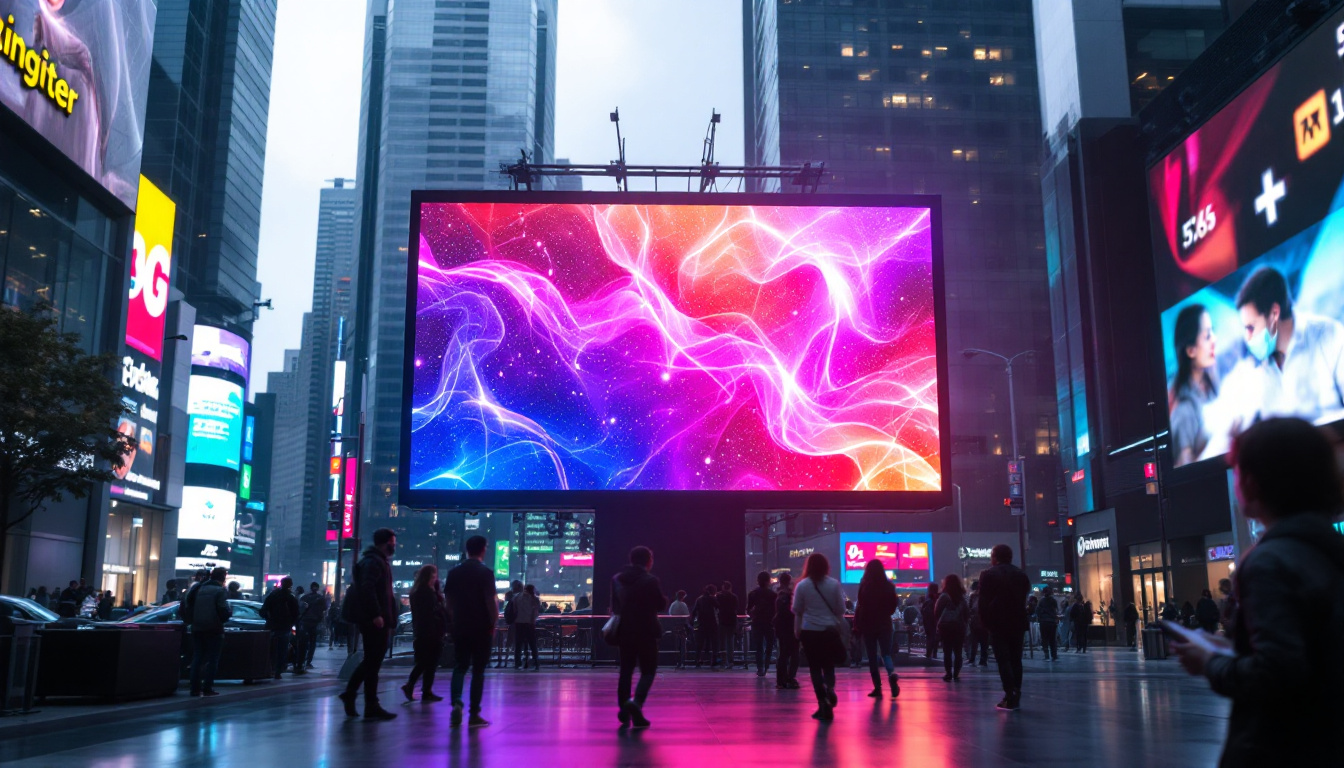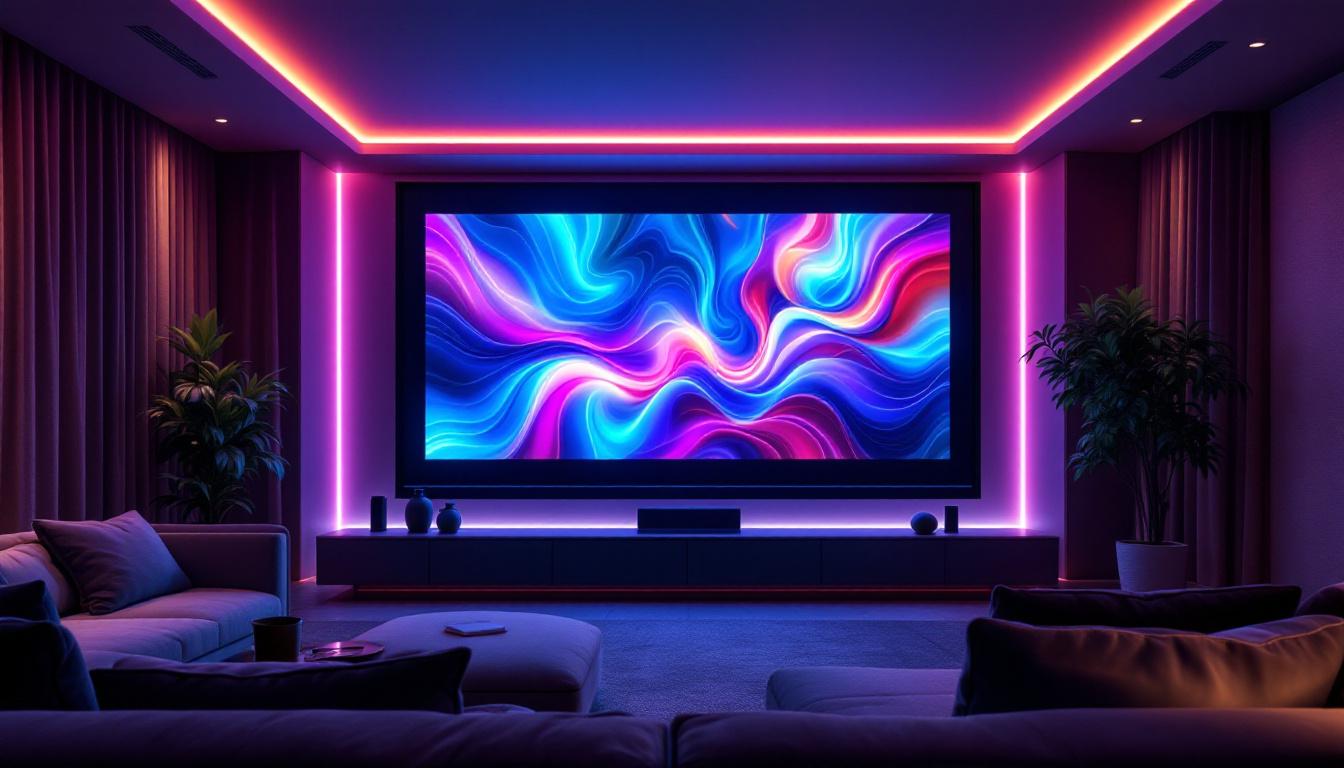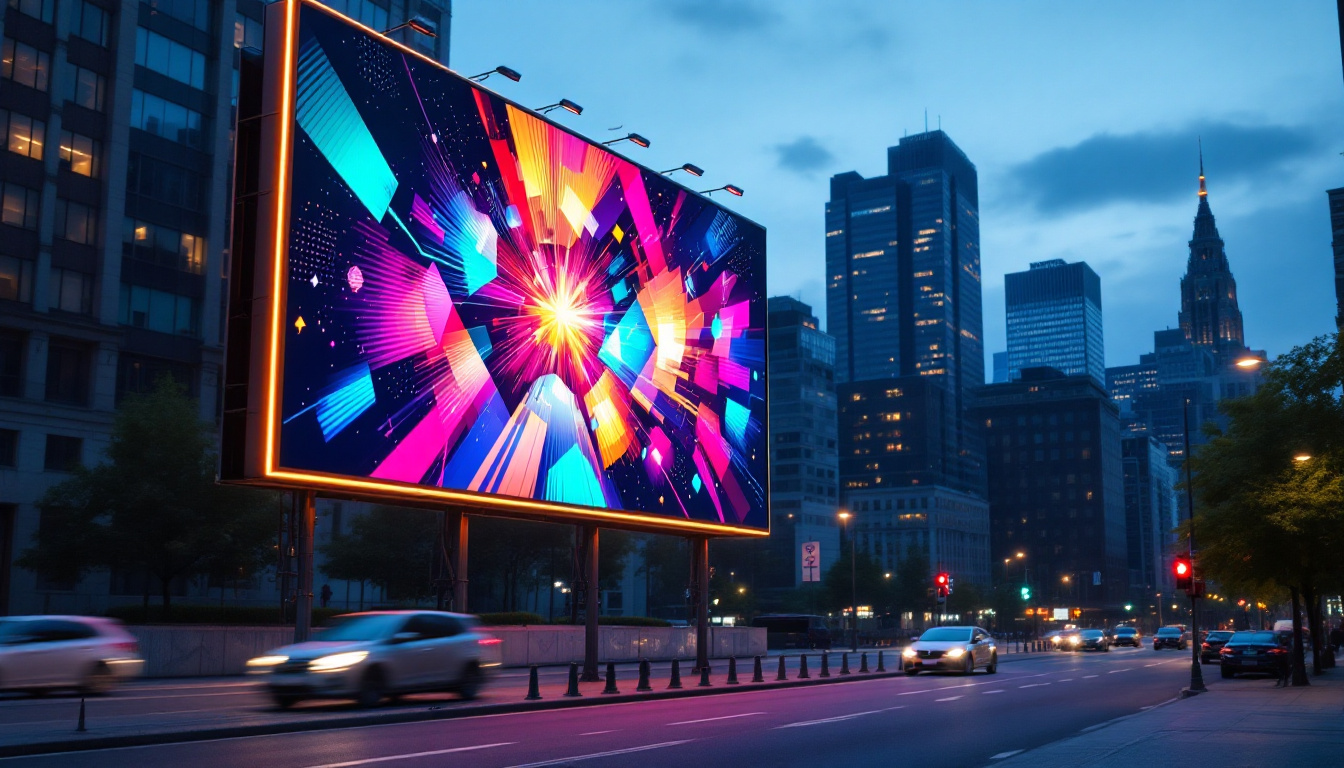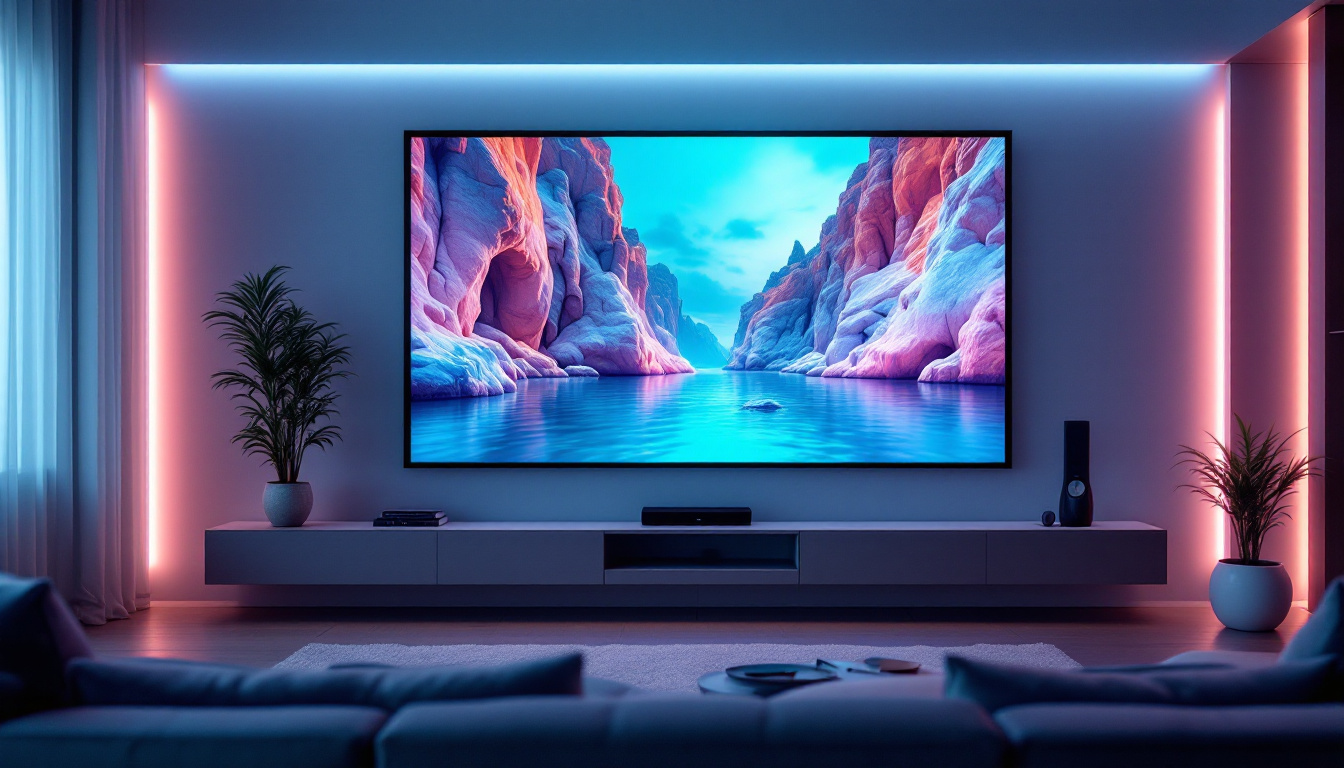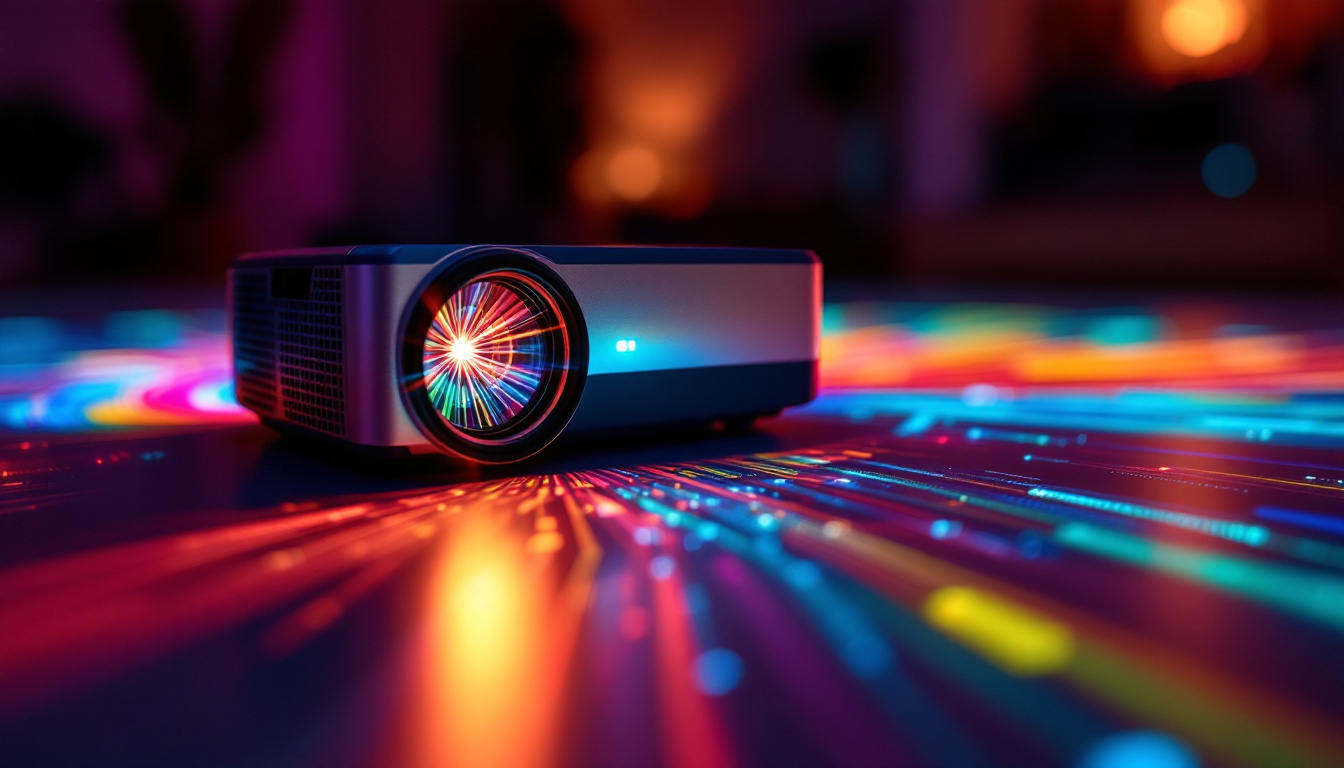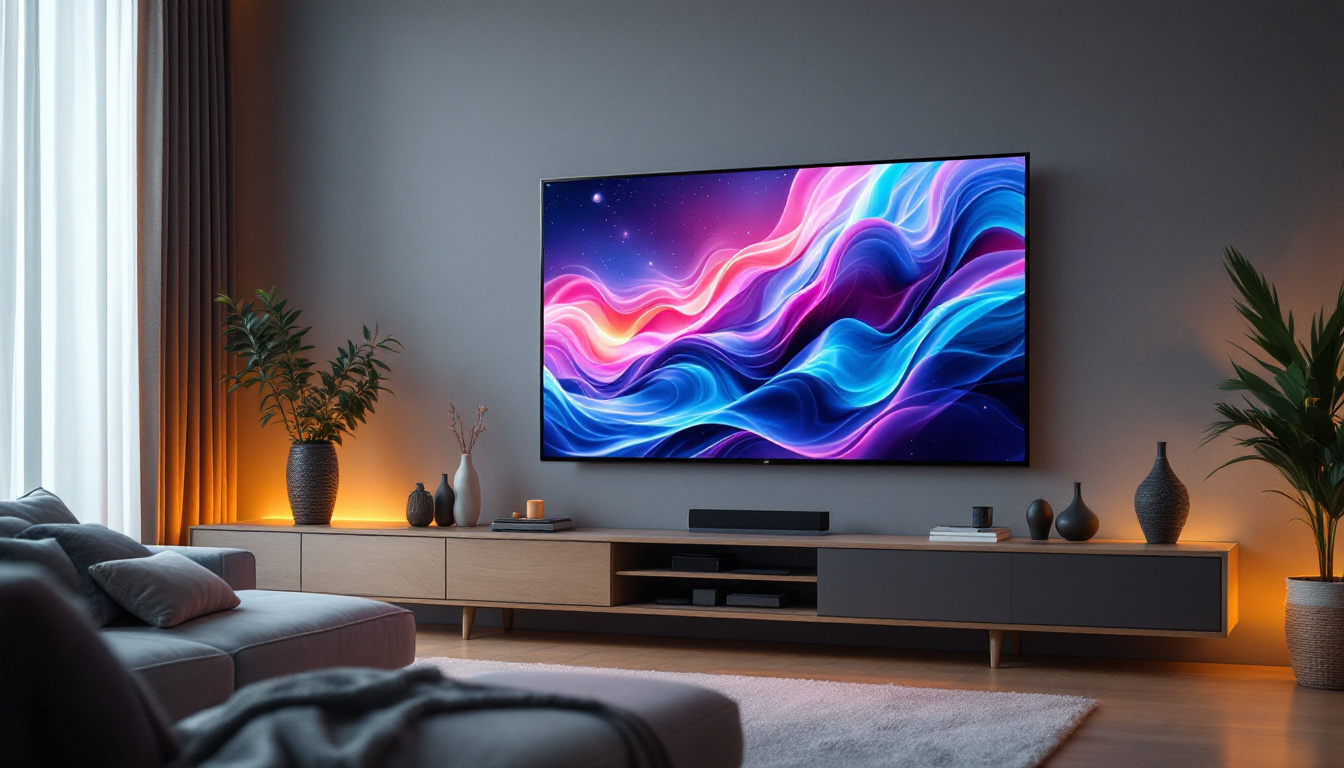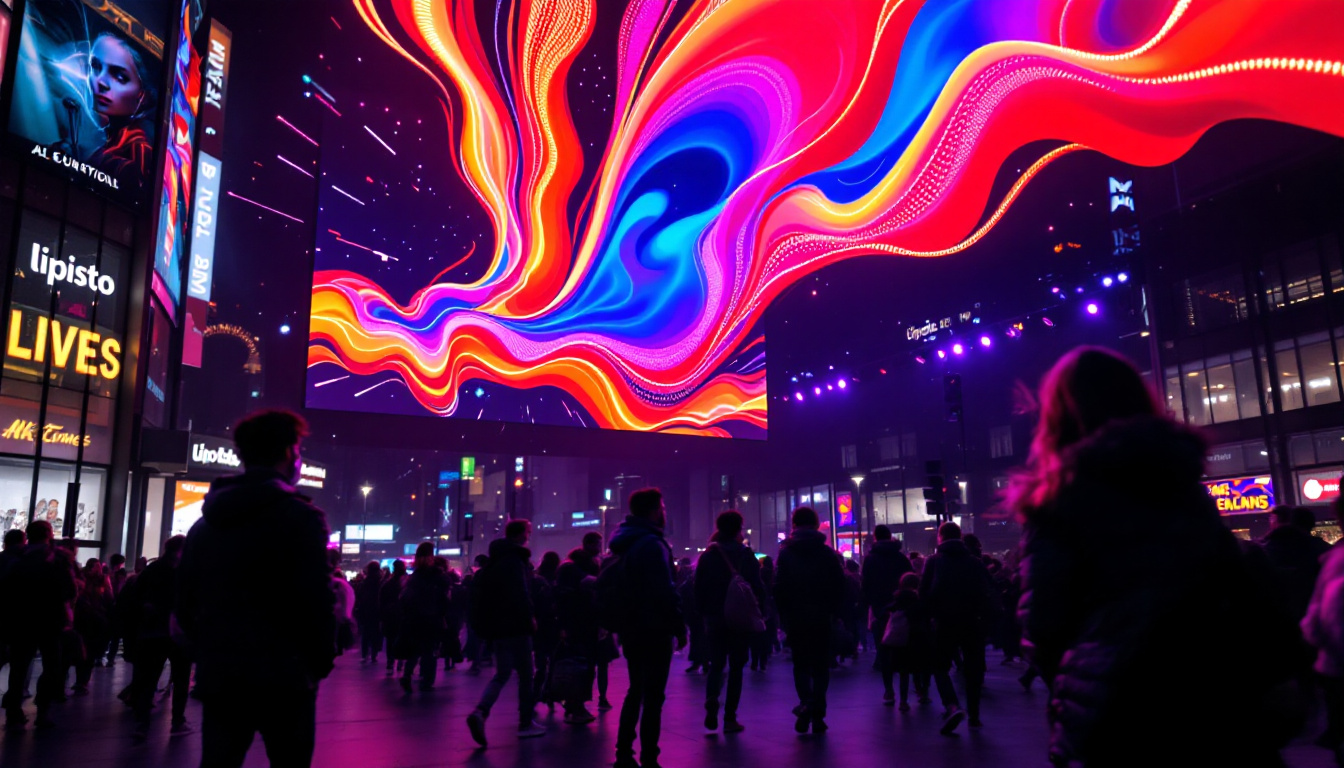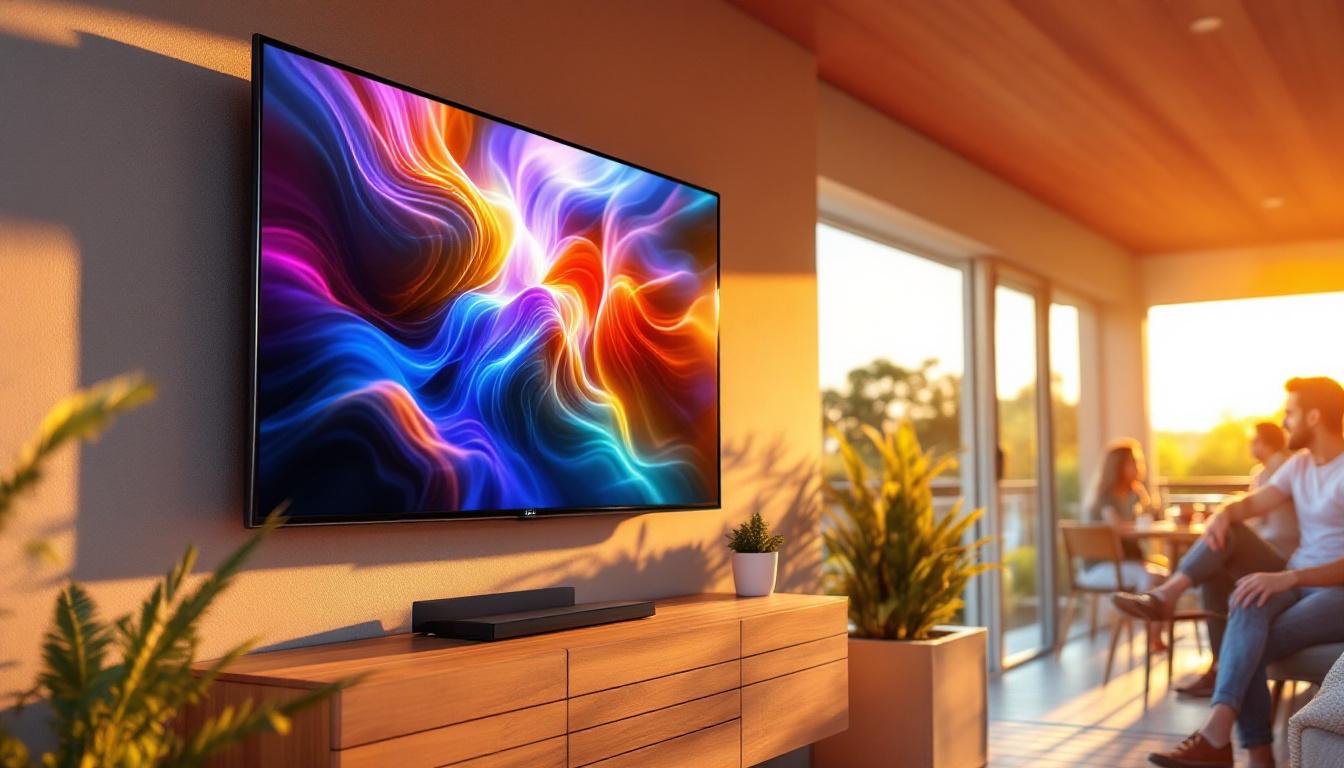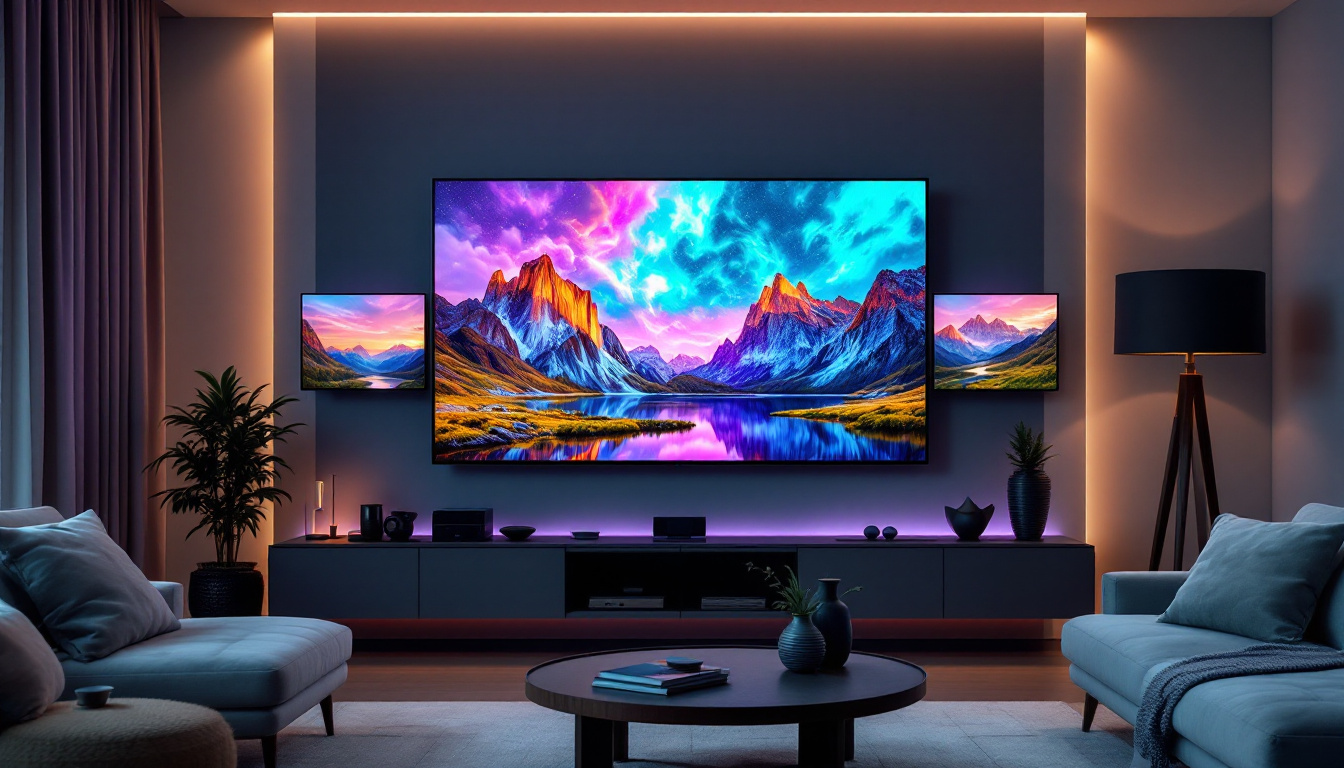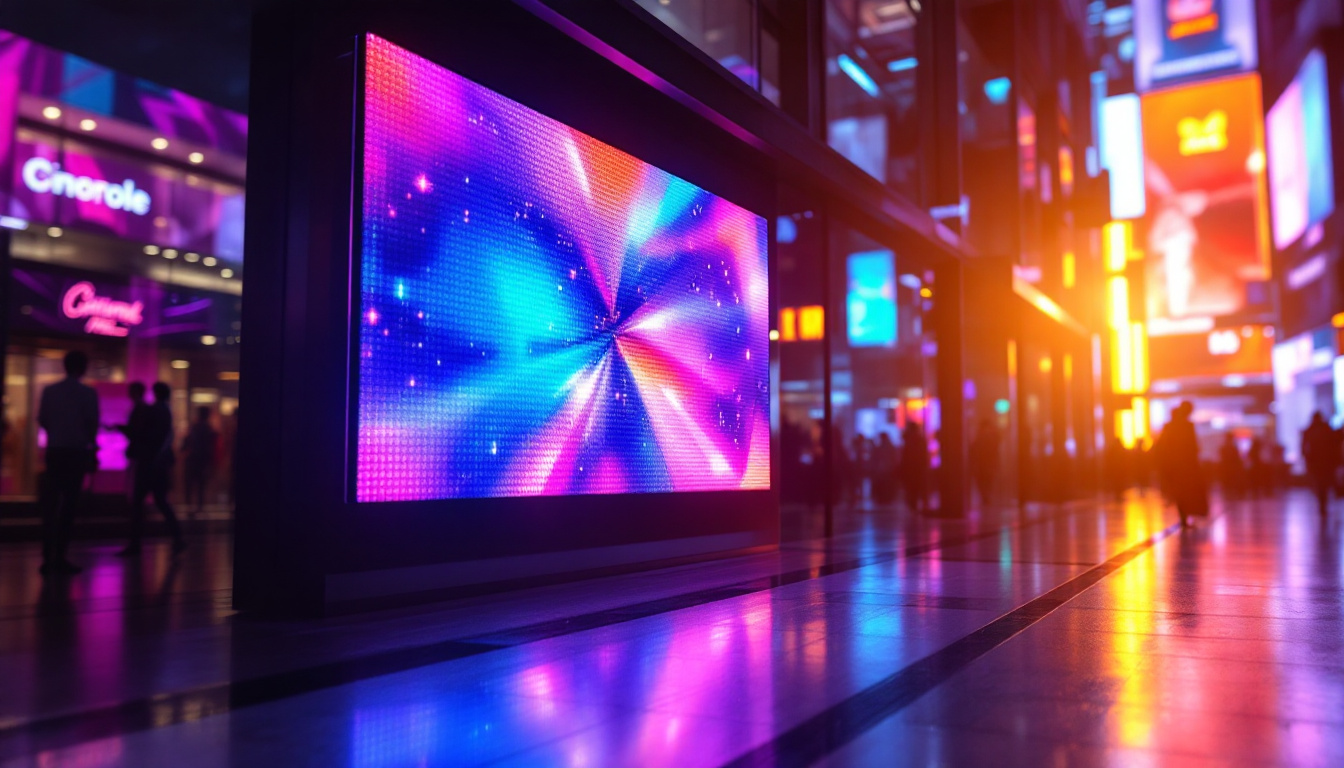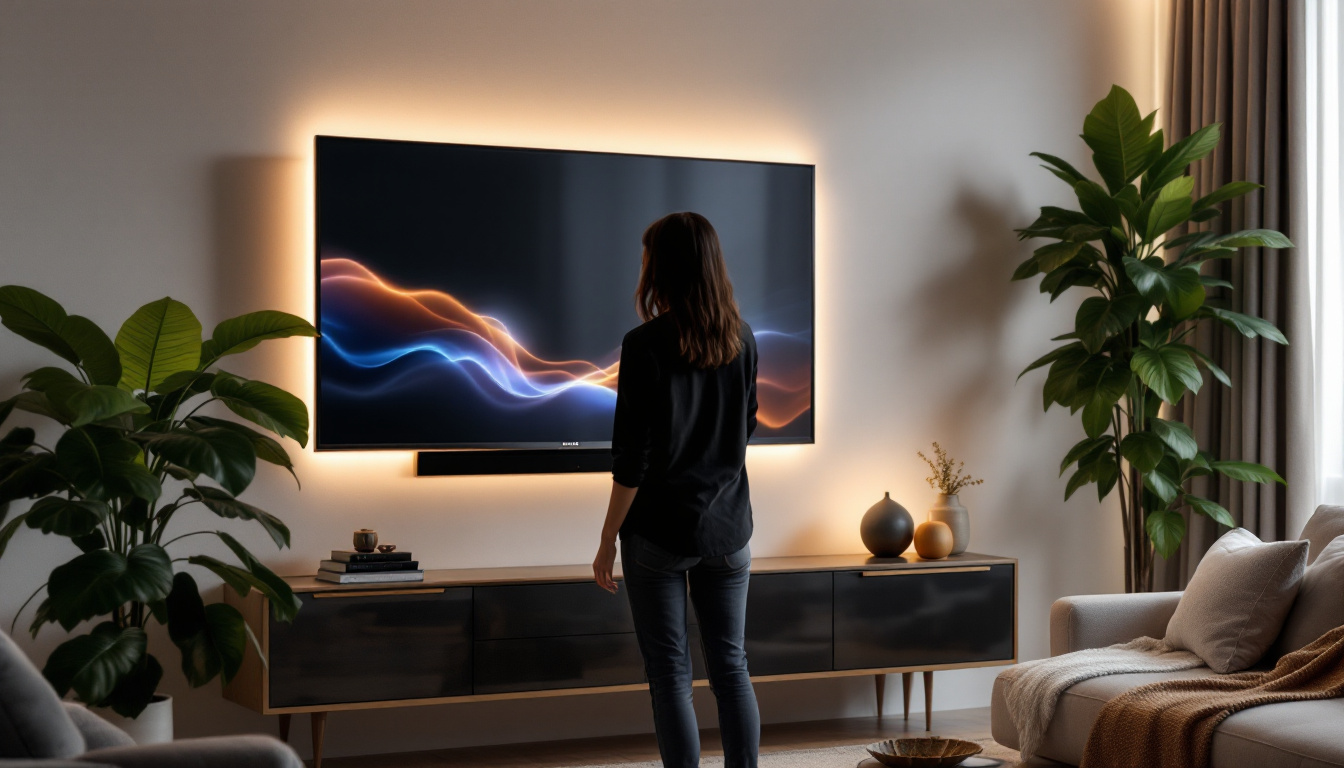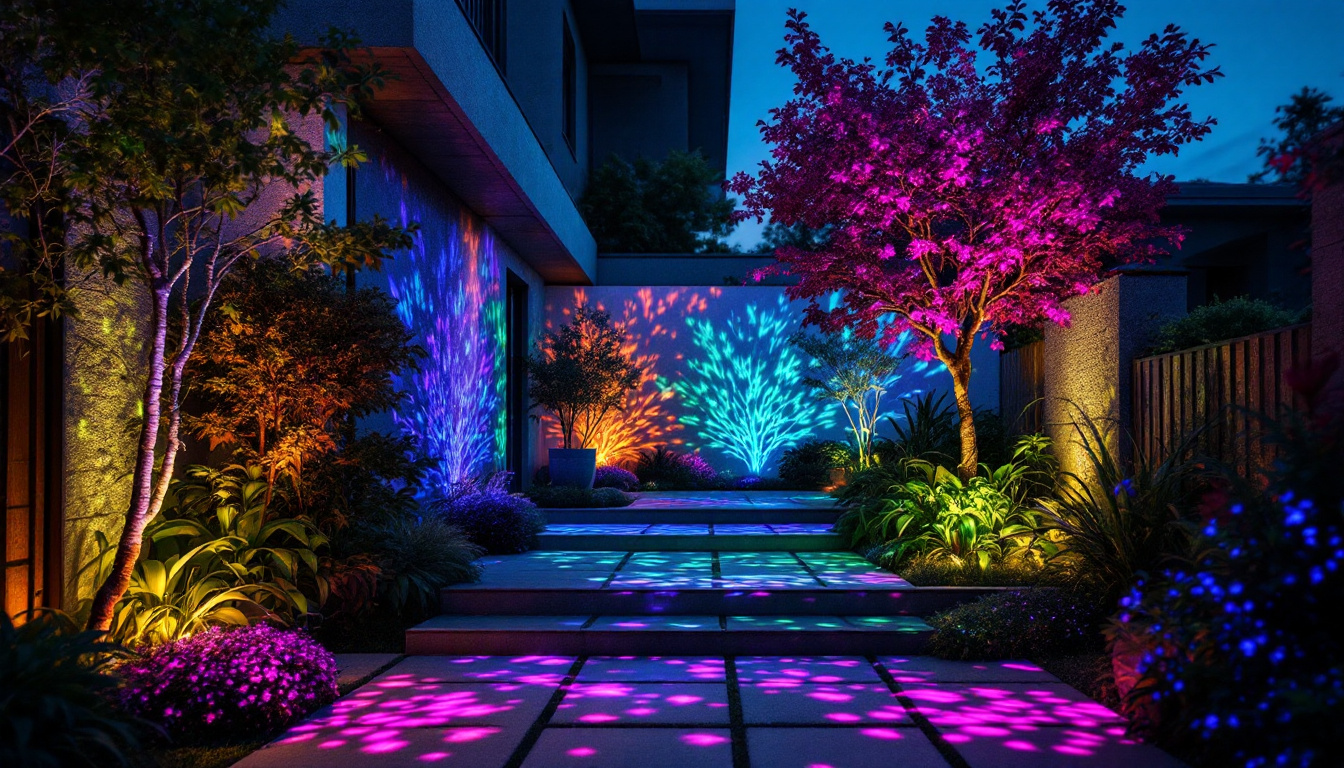In today’s digital age, understanding measurements is essential, especially when it comes to technology like LED displays. Whether you are a tech enthusiast, a professional in the field, or simply someone looking to purchase a new device, knowing how to convert measurements can be incredibly useful. This article will explore the conversion of 2.6 inches to centimeters, delve into the specifics of LED displays, and discuss their significance in modern technology.
Understanding the Conversion: Inches to Centimeters
To begin with, it is crucial to understand the basic conversion between inches and centimeters. One inch is equivalent to 2.54 centimeters. Therefore, to convert inches to centimeters, the formula is simple: multiply the number of inches by 2.54.
The Calculation for 2.6 Inches
Applying this formula to convert 2.6 inches to centimeters involves a straightforward calculation:
2.6 inches × 2.54 cm/inch = 6.604 cm
Thus, 2.6 inches is equal to approximately 6.604 centimeters. This conversion is particularly useful when assessing the size of LED displays, as many specifications are provided in both inches and centimeters.
Why Conversion Matters
Understanding the conversion between inches and centimeters is not just a matter of academic interest; it has practical implications in various fields. For instance, in the realm of electronics and display technology, specifications are often listed in different units depending on the manufacturer’s location. Being able to convert these measurements ensures that consumers can make informed decisions when purchasing devices.
Moreover, accurate conversions are essential for professionals in design and engineering. Whether designing a product or creating a presentation, the correct dimensions can significantly impact the outcome.
In addition to electronics, the conversion between inches and centimeters is vital in the fashion industry, where garment sizes may vary by region. A dress size in the United States may not directly correlate to a size in Europe or Asia, making it imperative for designers and retailers to provide accurate size charts that include both units. This ensures that customers can find the right fit without the frustration of incorrect sizing, ultimately enhancing their shopping experience.
Furthermore, in the field of healthcare, precise measurements can be critical. For example, when determining the height of a patient or the dimensions of medical equipment, healthcare professionals often need to convert between these units to ensure proper care and treatment. This highlights the importance of understanding conversions not just in technical fields, but also in everyday life, where accuracy can have significant consequences.
LED Displays: An Overview
LED (Light Emitting Diode) displays have revolutionized the way visual information is presented. They are widely used in televisions, computer monitors, smartphones, and various other devices. Understanding the technology behind LED displays can provide insights into their advantages and applications.
How LED Displays Work
LED displays operate by using a series of light-emitting diodes as pixels. Each pixel consists of red, green, and blue diodes that can be combined in various ways to produce a wide spectrum of colors. When electrical current passes through these diodes, they emit light, which is then combined to create images and videos.
The brightness and color accuracy of LED displays are largely due to the ability of these diodes to produce light efficiently. This efficiency is one of the reasons why LED technology has become the standard for modern displays. Additionally, LED displays offer faster response times compared to traditional display technologies, making them ideal for dynamic content such as video games and fast-paced movies. The low power consumption of LEDs also contributes to their popularity, as they generate less heat and can extend the lifespan of the devices they are used in.
Types of LED Displays
There are several types of LED displays, each designed for specific applications:
- Direct View LED Displays: These displays utilize individual LEDs to create images and are often used for large outdoor screens, such as billboards and stadium displays.
- LED-Lit LCD Displays: These are traditional LCD screens that use LED backlighting to enhance brightness and color contrast.
- Organic LED (OLED) Displays: OLED technology uses organic compounds to emit light and is known for its superior color accuracy and contrast ratios.
Each type of LED display has its unique characteristics and advantages, making them suitable for different environments and uses. For instance, Direct View LED displays are particularly effective in outdoor settings where sunlight can wash out other types of screens, thanks to their high brightness levels. On the other hand, OLED displays are favored in high-end televisions and smartphones due to their ability to produce true blacks and vibrant colors, enhancing the overall viewing experience. Furthermore, advancements in LED technology continue to emerge, with innovations such as MicroLED and MiniLED, which promise even greater performance and versatility in display applications.
Advantages of LED Displays
LED displays offer numerous benefits that have contributed to their widespread adoption across various industries. Understanding these advantages can help consumers and professionals appreciate why LED technology is preferred over traditional display types.
Energy Efficiency
One of the most significant advantages of LED displays is their energy efficiency. Compared to traditional incandescent or fluorescent displays, LED technology consumes significantly less power. This not only reduces electricity costs but also has a positive environmental impact.
For businesses, this energy efficiency translates into lower operational costs and a smaller carbon footprint, making LED displays an attractive option for sustainable practices.
Longevity and Durability
LED displays are known for their long lifespan, often lasting up to 50,000 hours or more. This durability means less frequent replacements, which can save both time and money in the long run.
Additionally, LED technology is more resistant to shock and vibration, making it ideal for use in various environments, including outdoor settings where weather conditions can be unpredictable.
Applications of LED Displays
The versatility of LED displays allows them to be utilized in a wide range of applications. From consumer electronics to large-scale advertising, their adaptability is one of their key strengths.
Consumer Electronics
In the realm of consumer electronics, LED displays are ubiquitous. They are found in televisions, computer monitors, smartphones, and tablets. The high resolution and vibrant colors offered by LED technology enhance the viewing experience, making them the preferred choice for consumers.
Moreover, advancements in LED technology, such as 4K and 8K resolutions, have further improved picture quality, catering to the demands of modern viewers.
Advertising and Signage
LED displays play a critical role in advertising and signage. Their brightness and clarity make them ideal for outdoor advertising, where visibility is paramount. Digital billboards and signs can display dynamic content, allowing for real-time updates and attracting more attention than static displays.
Furthermore, the ability to customize messages and graphics on LED displays allows businesses to engage their audience more effectively, making them a valuable tool in marketing strategies.
Choosing the Right LED Display
When selecting an LED display, several factors should be considered to ensure it meets the intended purpose and requirements. Understanding these factors can help consumers make informed decisions.
Size and Resolution
The size of the LED display is one of the first considerations. Displays come in various sizes, and the choice often depends on the intended use. For instance, larger displays are suitable for public spaces, while smaller screens may be ideal for personal use.
Resolution is another critical factor. Higher resolutions provide more detail and clarity, which is particularly important for applications like gaming or professional design work. Consumers should consider their specific needs to determine the appropriate resolution for their display.
Brightness and Contrast
Brightness and contrast levels are essential for ensuring visibility, especially in brightly lit environments. LED displays are available with varying brightness levels, and choosing the right one can significantly impact the viewing experience.
Contrast ratio, which measures the difference between the darkest and lightest parts of an image, is also crucial. A higher contrast ratio typically results in better image quality, enhancing the overall viewing experience.
Future Trends in LED Display Technology
The LED display industry is continuously evolving, with new technologies and innovations emerging regularly. Staying informed about these trends can help consumers and professionals anticipate future developments.
Advancements in Flexibility
One of the most exciting trends in LED display technology is the development of flexible displays. These displays can be bent or shaped to fit various surfaces, opening up new possibilities for design and application. Flexible LED displays are expected to become increasingly popular in advertising, architecture, and consumer electronics.
Improved Color Accuracy and HDR
High Dynamic Range (HDR) technology is another area of advancement. HDR enhances the color accuracy and contrast of displays, providing a more lifelike viewing experience. As HDR technology becomes more widespread, consumers can expect to see significant improvements in the quality of LED displays.
Conclusion
In summary, understanding the conversion of 2.6 inches to centimeters is just the tip of the iceberg when it comes to comprehending the world of LED displays. These displays have transformed how information is presented and consumed, offering numerous advantages such as energy efficiency, durability, and versatility.
As technology continues to advance, LED displays will undoubtedly play an increasingly vital role in various applications, from consumer electronics to advertising. By staying informed about the latest trends and developments, consumers can make educated decisions regarding their display needs.
Whether for personal use or professional applications, the importance of LED displays in today’s digital landscape cannot be overstated. Embracing this technology will undoubtedly enhance the viewing experience and contribute to a more connected world.
Discover the Future of Visual Experience with LumenMatrix
Ready to elevate your visual communication to the next level? LumenMatrix is at the forefront of LED display innovation, offering a diverse range of solutions tailored to your unique needs. From dynamic Indoor LED Wall Displays to captivating Outdoor LED Wall Displays, and from versatile Vehicle LED Displays to sleek LED Poster Displays, our technology is designed to make your brand stand out. Explore our LED Sports Displays, interactive Floor LED Displays, and Custom LED Display options for a truly customized approach. Experience the revolution in visual storytelling with our All-in-One LED Displays and LED Transparent Displays. Don’t just share your message—make an unforgettable impact with clarity and vibrancy. Check out LumenMatrix LED Display Solutions today and join the visual revolution.






